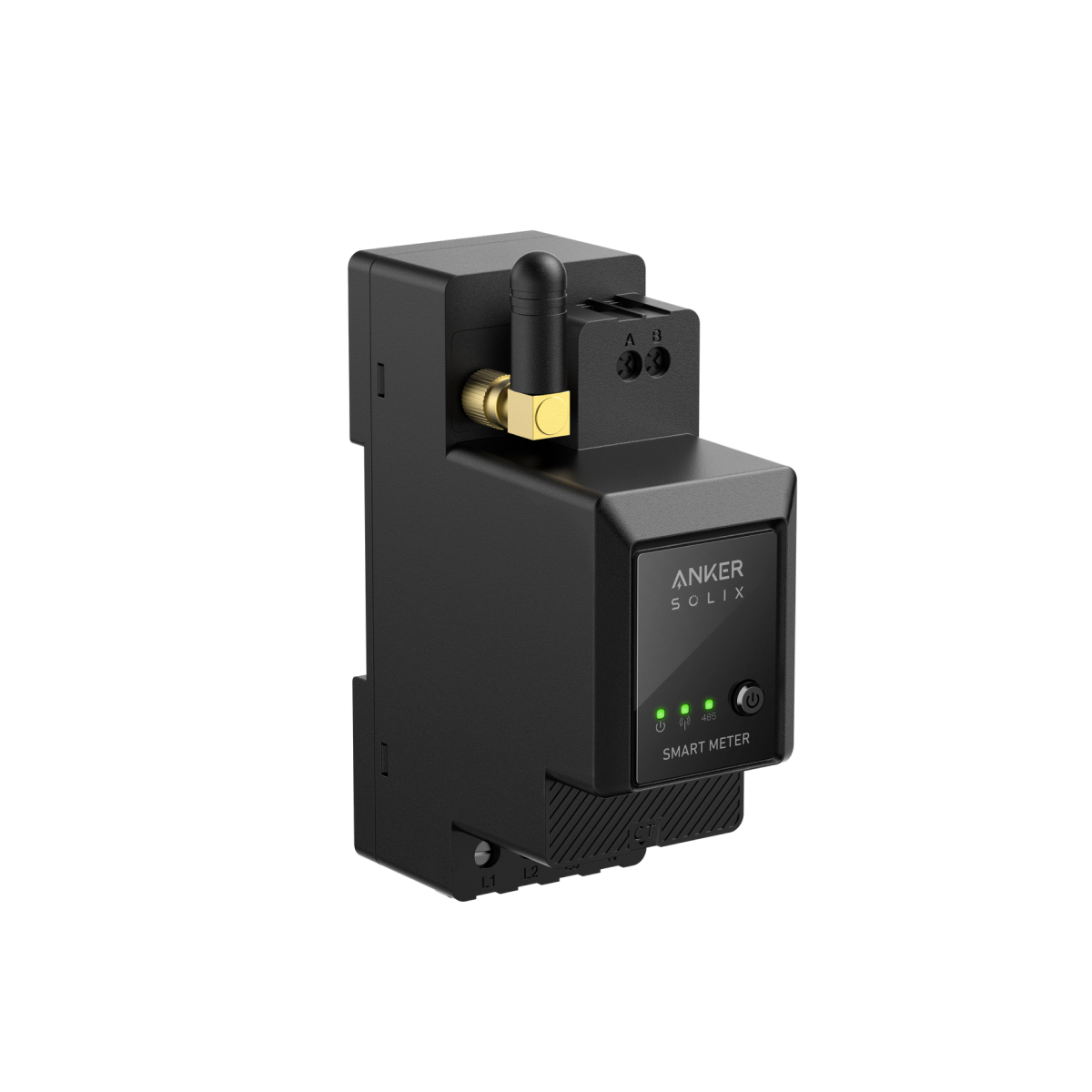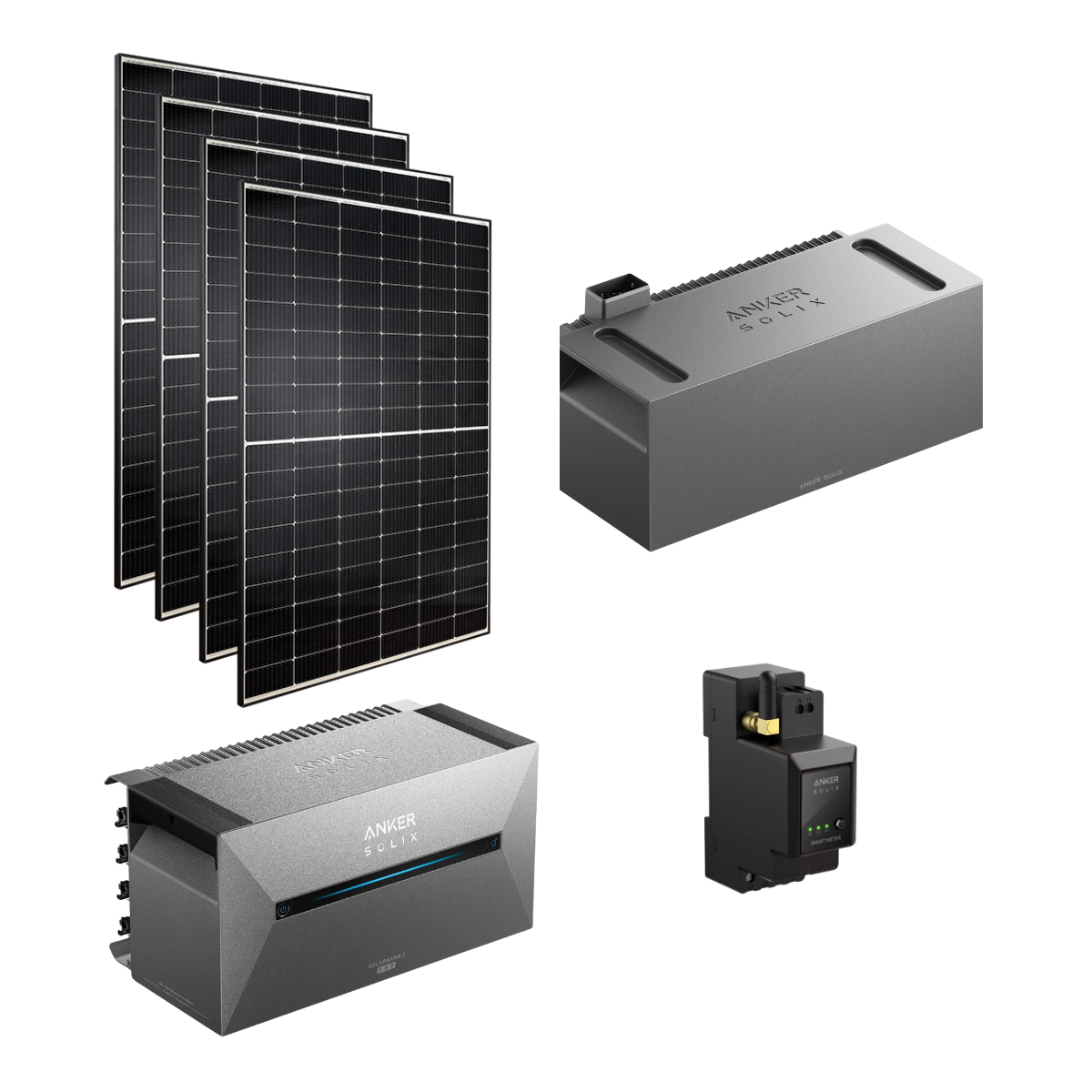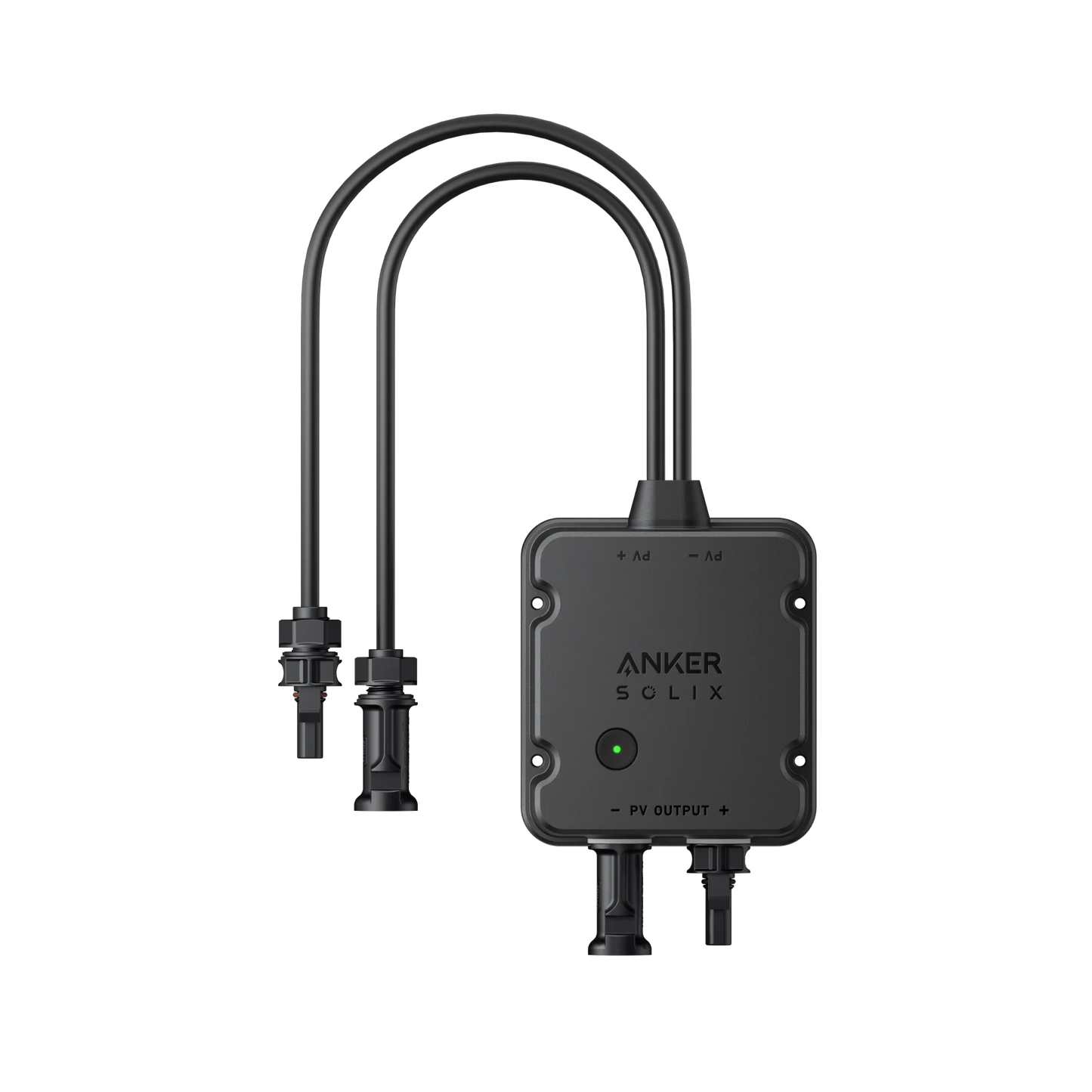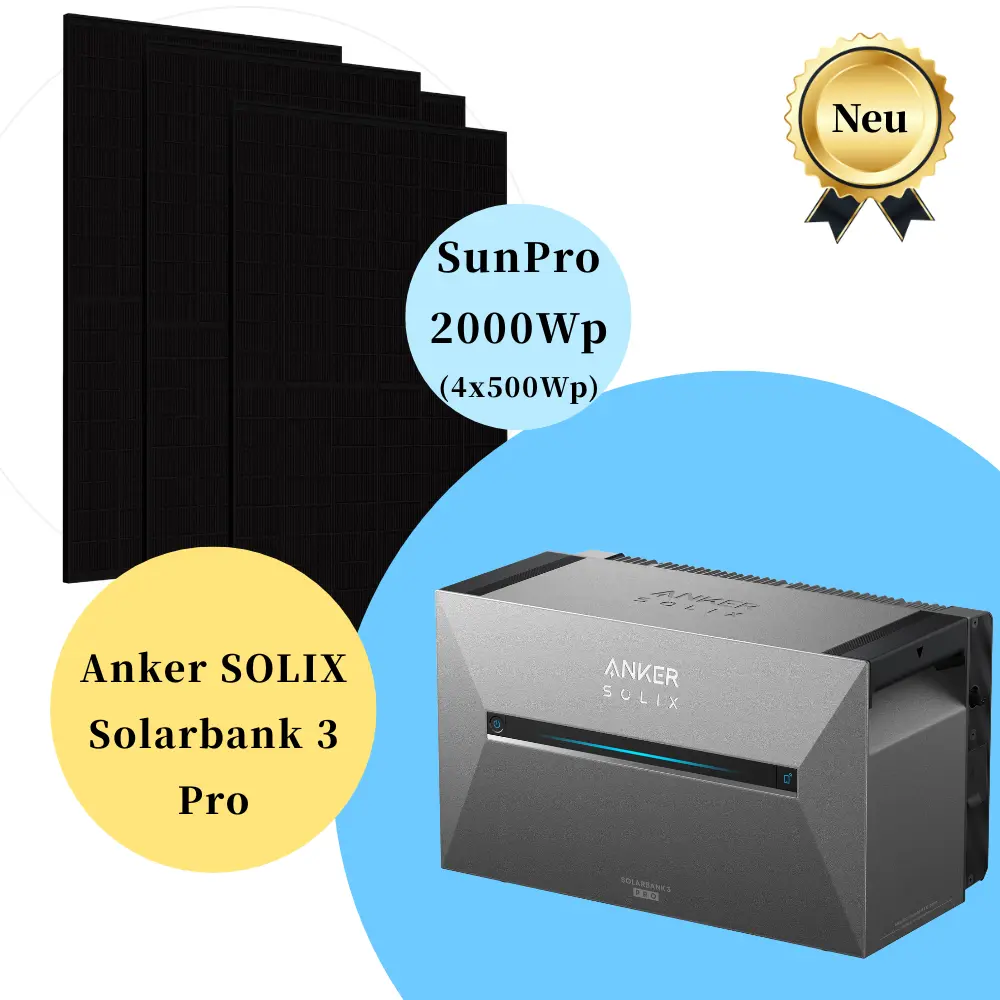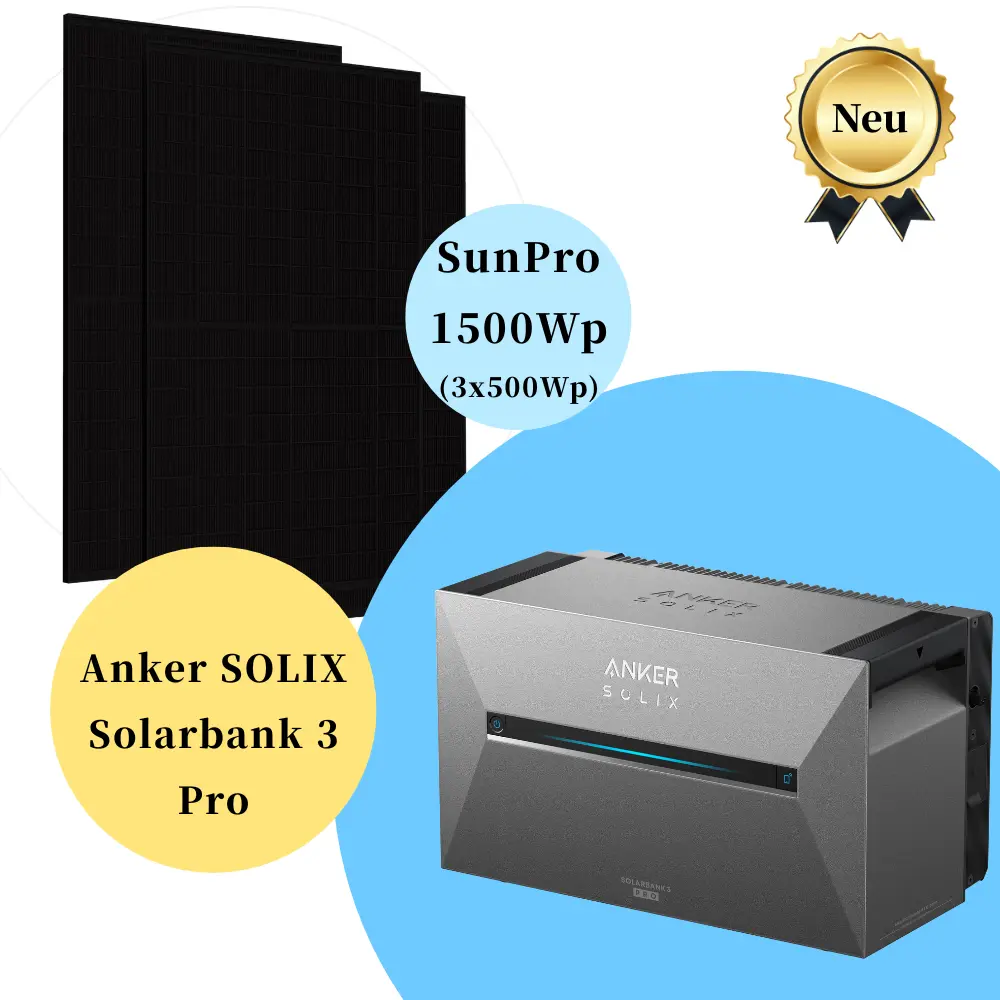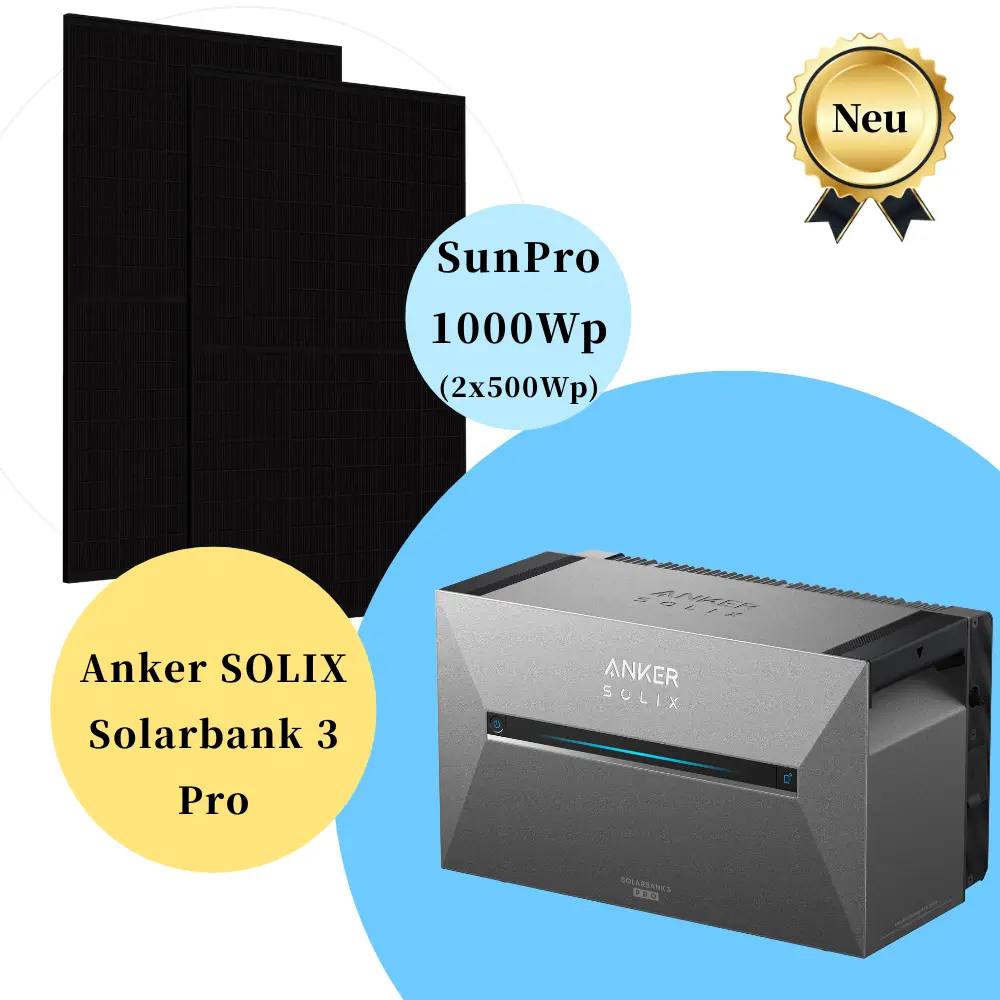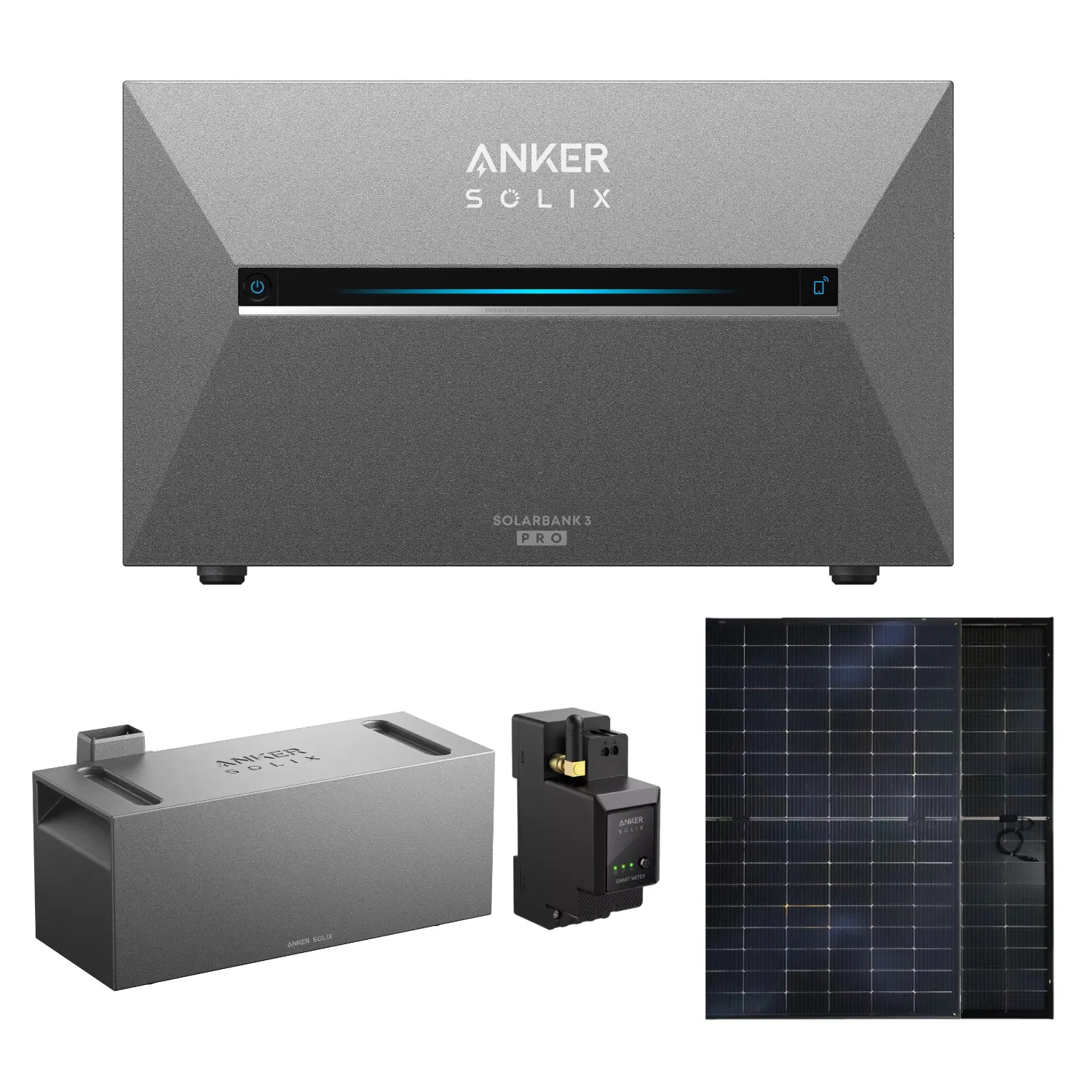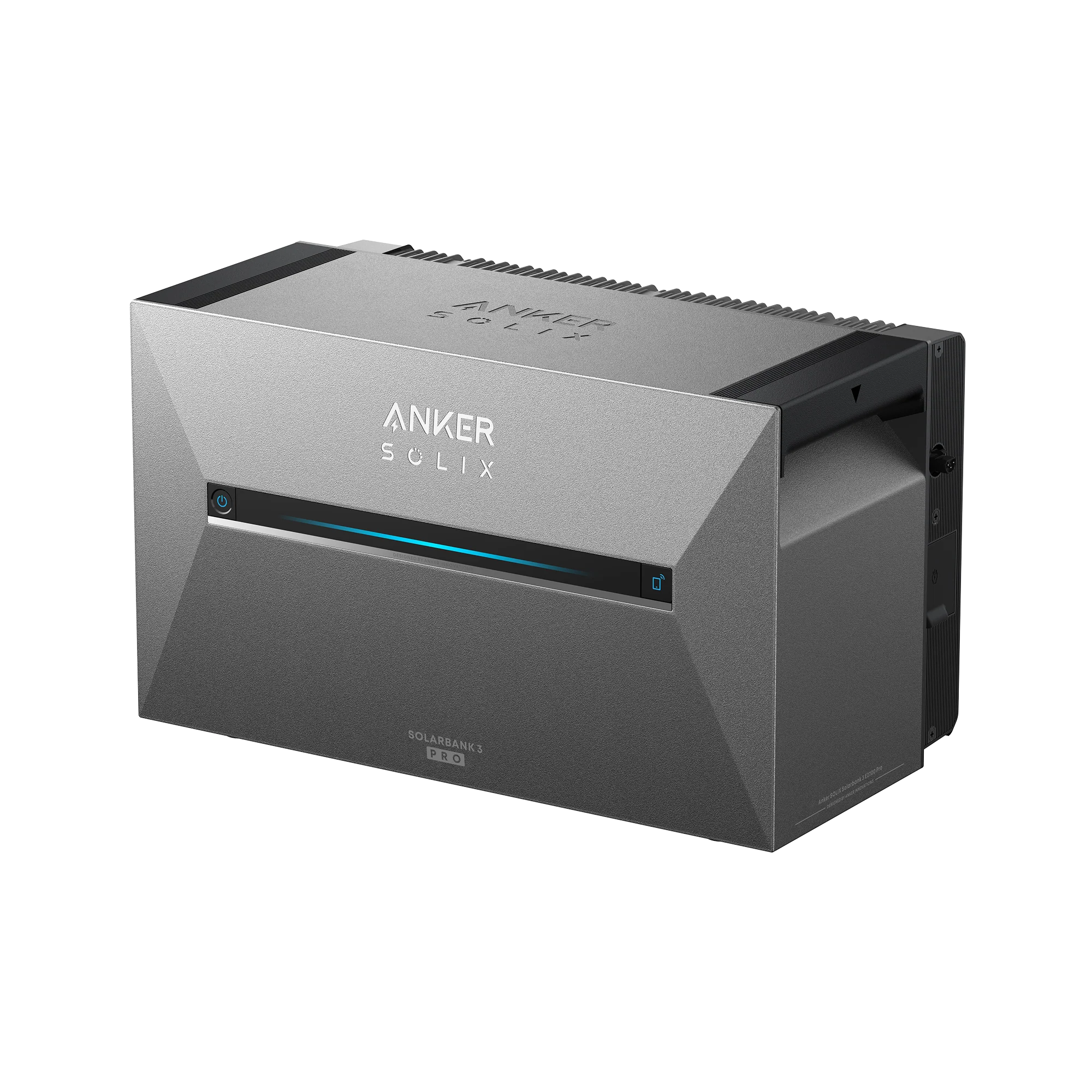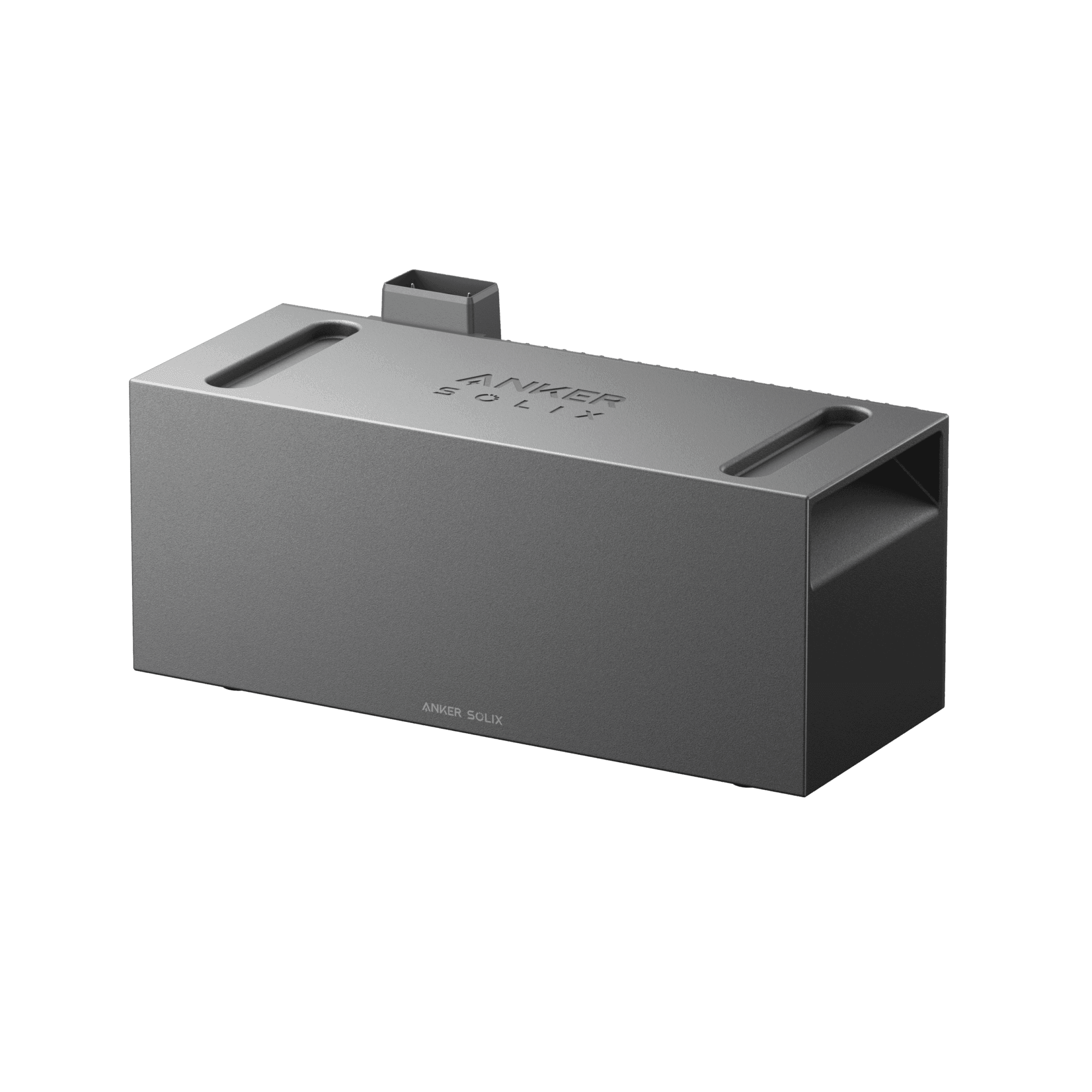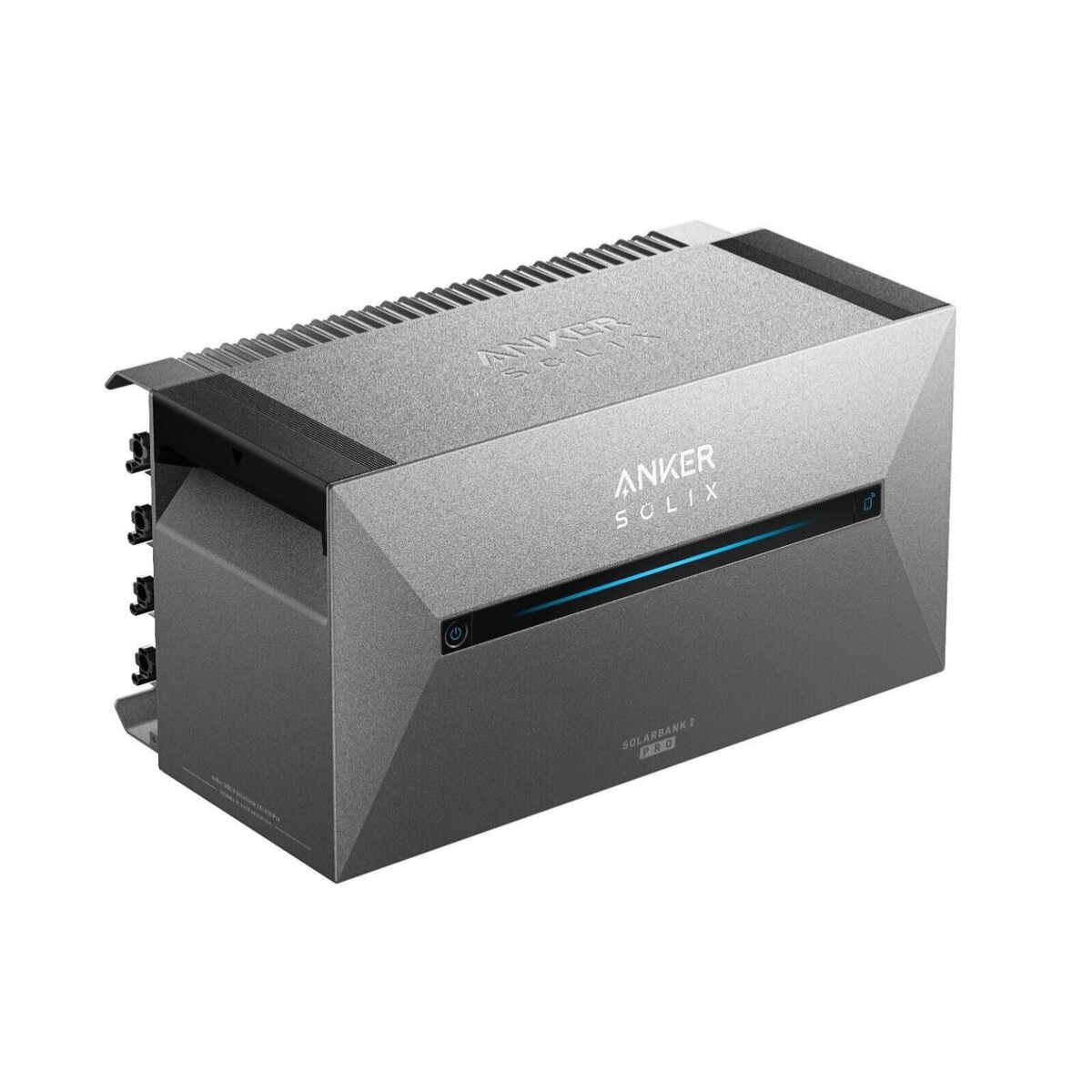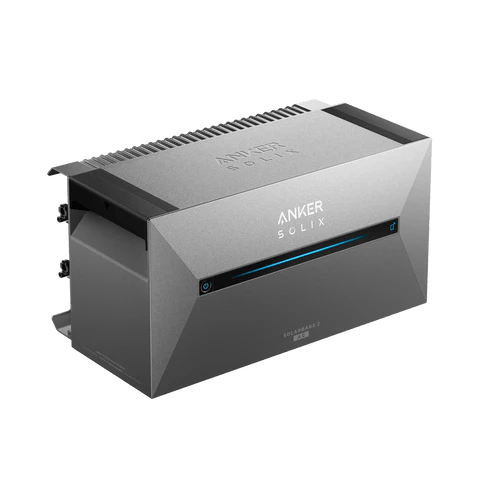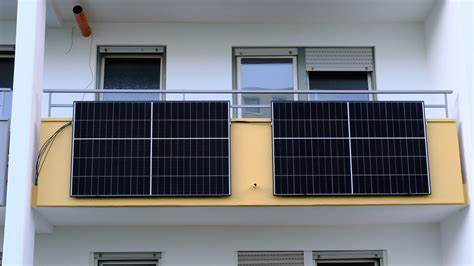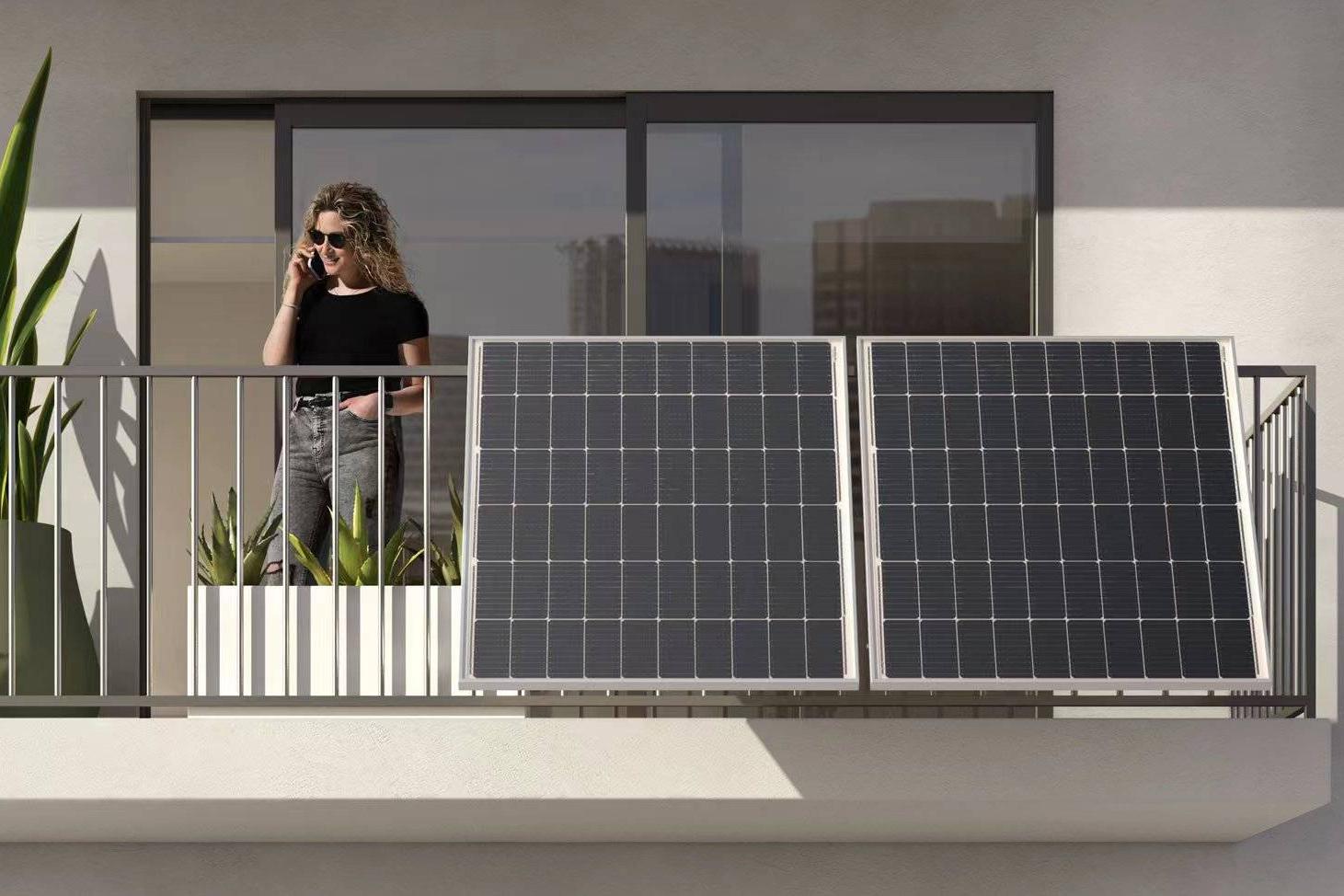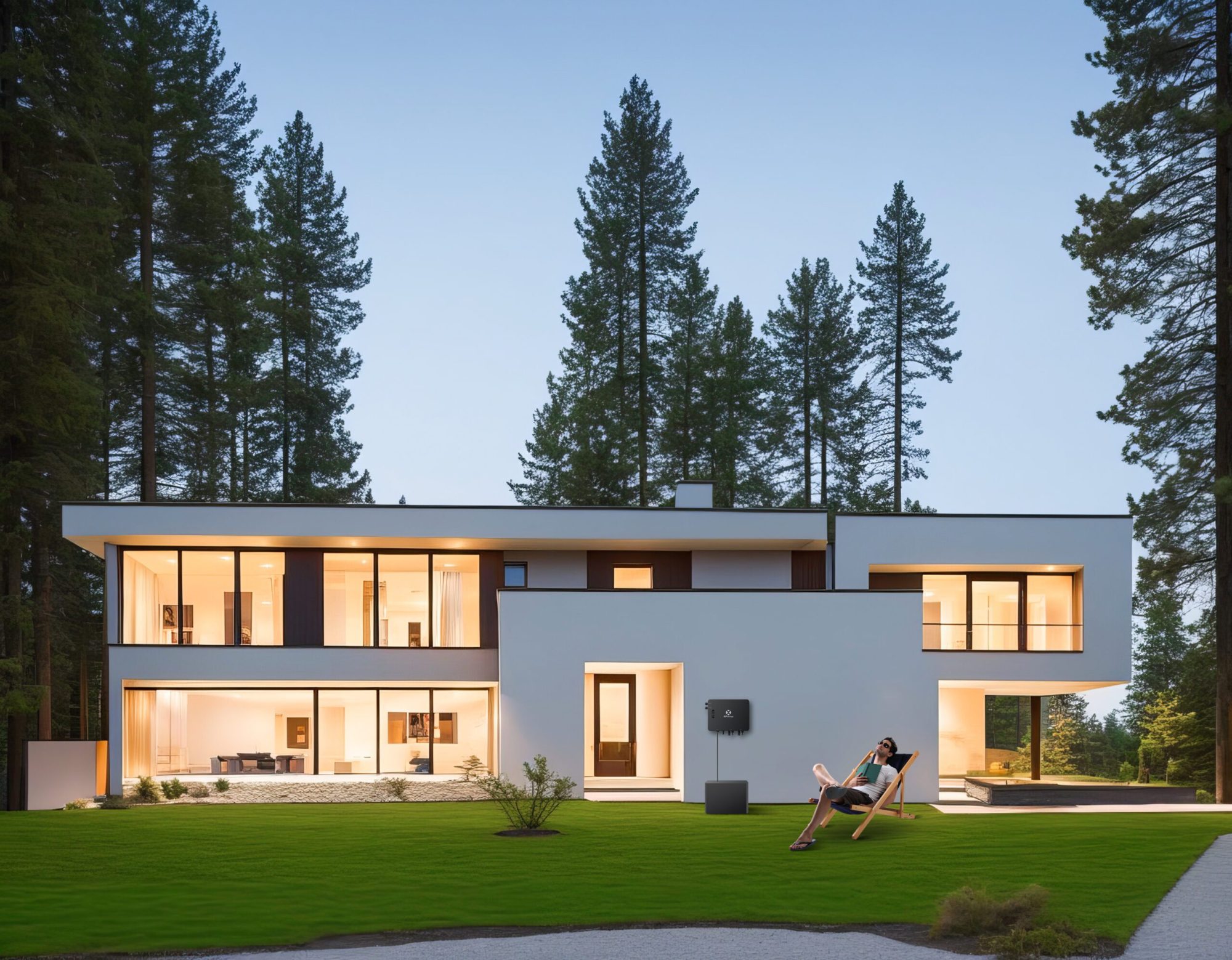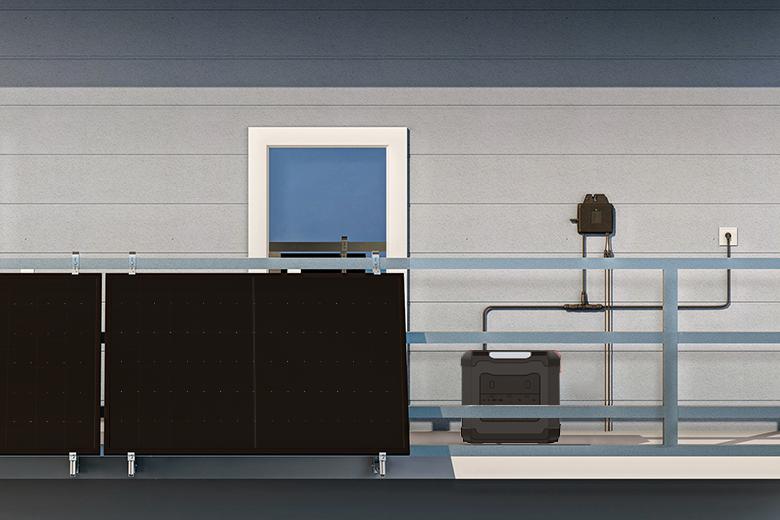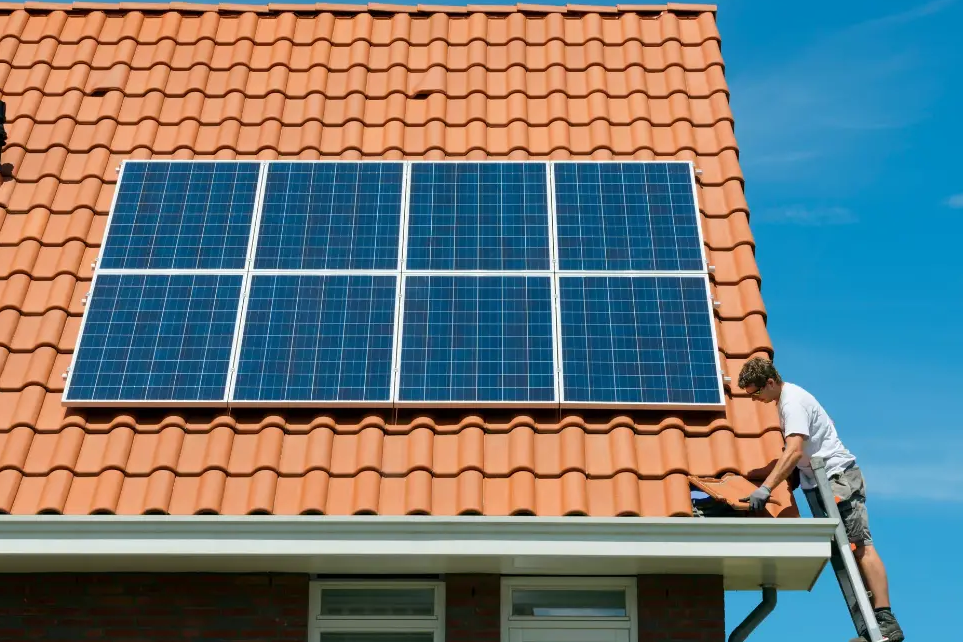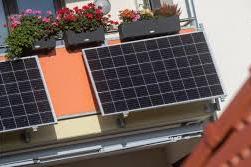Blog & News
Heat pump with photovoltaics in old buildings: requirements & costs
Heat pumps and photovoltaics can, in principle, also be combined in older buildings. This requires that the existing building is well insulated and has suitable radiators. Otherwise, the energy loss is so great that using a heat pump with photovoltaics is not worthwhile, and the positive environmental impact is reduced.
Requirements for a heat pump in an old building
To ensure that a heat pump is profitable and remains environmentally friendly even in old buildings, the existing or planned Thermal insulation measures are importantThese include energy-saving insulation, large-area heat pump radiators, or a general surface heating system, such as underfloor heating.
Compare photovoltaic offers now and save 30%!
Take 60 seconds and fill out a short form. We will connect you with up to five verified specialist companies in your region. The comparison is free and non-binding.
Poor insulation increases the heating load of the building enormously, especially in winter when heat is lost through the building envelope. If the heating system is old and consists of small radiators, the Heating flow temperature rise. A high flow temperature means that the heat pump requires significantly more electricity to reach this temperature.
Temperatures of more than 60° Celsius are not uncommon. Energy-efficiently renovated houses or new buildings, in comparison, only need a flow temperature of almost 50° Celsius.
It's best to test it yourself and set the heating system's flow temperature to 45-50 degrees Celsius on a very cold day. If it gets warm in the building, a heat pump is worth it. If it's not warm enough, it might be enough for a heating engineer to replace some radiators.
Requirements for photovoltaics in old buildings
For very old roofs, roof renovation is recommended before installing the PV system. Your roof covering should still have a lifespan of at least 20 to 25 yearsso that the system does not have to be dismantled again for later renovation.
Solar systems are otherwise exempt from approval if they are installed on roofs or facades. Only if your house listed building you must apply for a permit from the local building authority.
Which heat pump is best?
- Water-to-water heat pumps are particularly efficient. Groundwater is often at high temperatures, even in winter. The heat pump draws some of its heating energy from the groundwater. However, sufficient suitable groundwater must be available; for example, you may have a well on your property that can be used.
- Brine-to-water heat pumps can be a good alternative if you don't have sufficient groundwater. The heat pump draws some of its heat from the ground. Specialist companies can install ground collectors on your property, but you'll need a large, undeveloped area in your garden. Alternatively, you can also opt for geothermal probes, but these require a permit for special drilling.
- Air-to-water heat pumps are the most affordable to purchase. The heat pump draws its heat energy from the outside air. However, this isn't particularly warm, especially in winter, which reduces efficiency. You should definitely opt for a low heating flow temperature. Furthermore, the running costs are somewhat higher than with the other two heat pump variants.
Also make sure that the heat pump is sized correctly.
What types of solar modules are there?
In general, a rooftop photovoltaic system is the most suitable option for retrofitting in an older building, as the roof membrane remains untouched. In-roof photovoltaics should only be considered if the roof is being completely renovated.
You can freely choose the type of PV modules. There are monocrystalline solar modules, polycrystalline solar modules, and thin-film solar modules. Which type of PV module is right for your roof depends on its dimensions and the level of power consumption.
- Monocrystalline modules have the highest efficiency at 22%. This means they produce more electricity on the same roof area. They're particularly worthwhile if you have a high power consumption or a small roof area.
- Polycrystalline modules are somewhat cheaper to produce. However, their efficiency (15 to 20% efficiency) is also lower.
- Thin-film solar cells are ultra-thin solar modules that are vapor-deposited onto a substrate, such as glass. They are significantly cheaper to manufacture, but their efficiency is only around 10 to 131%. Thin-film modules are usually chosen for purely optical and aesthetic reasons—e.g., for solar facades.
If you're looking for the best solar modules, check out this article. We've extensively tested over 20 PV modules and compared them in a ranking.
Compare photovoltaic offers now and save 30%!
Take 60 seconds and fill out a short form. We will connect you with up to five verified specialist companies in your region. The comparison is free and non-binding.
Costs of a heat pump with photovoltaics in an old building
A photovoltaic system with 5 to 6 kWp costs around 8,000 to 9,000 € for a single-family home. Larger 8 to 10 kWp systems cost around €12,000. The costs for heat pumps range between 14,000 and 29,000 €For an old building with a heat demand of 28,000 kWh, the running costs include heating costs, electricity costs and the increasing maintenance costs per year.
| Heat pump (all costs including installation) | Purchase costs of heat pump | Acquisition costs of photovoltaics | Running costs of heat pump | Running costs of heat pump with photovoltaics |
| Air-water heat pump | 14.000€ | 9.000€ | 3,100 € per year | 2,600 € per year |
| brine-water heat pump | 24.000€ | 9.000€ | 2,700 € per year | 2,100 € per year |
| Water-to-water heat pump | 29.000€ | 9.000€ | 2,700 € per year | 2,100 € per year |
To calculate the profitability, you need to compare the running costs with the investment over a period of about 25 years.
What funding is available?
There are subsidies for the renovation of energy-efficient houses. These are summarized in the BEG (Federal Funding for Efficient Buildings)You must apply for funding from KfW or BAFA.
By supplying the house with electricity and heat using photovoltaics and a heat pump, it can be used as "Efficiency House EE" To achieve this, at least 55% of heat supply must be covered by renewable energies.
You must apply for funding before the delivery and contract award. You will receive 35 to 50% of the total eligible costs paid out as a subsidy. This can cover total investment costs of €120,000 to €150,000. Heat pumps in older buildings have a subsidy rate of 45% of the maximum investment costs of €60,000, or a maximum of €27,000.
The specialist planning and construction supervision are funded at 50%If you don't have the capital, you can also opt for financing. Apply for this with the KfW 262 loanYou will receive a low-interest loan and a repayment subsidy of up to €60,000.
Conclusion
A heat pump with photovoltaics is also in old buildings under the right conditions possible and profitable. The initial costs are the same as for a new building, only the running costs are slightly higher. Any necessary energy-saving renovations of the house can be easily financed with Funding from KfW and BAFA.

